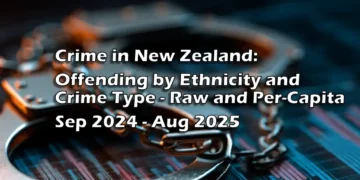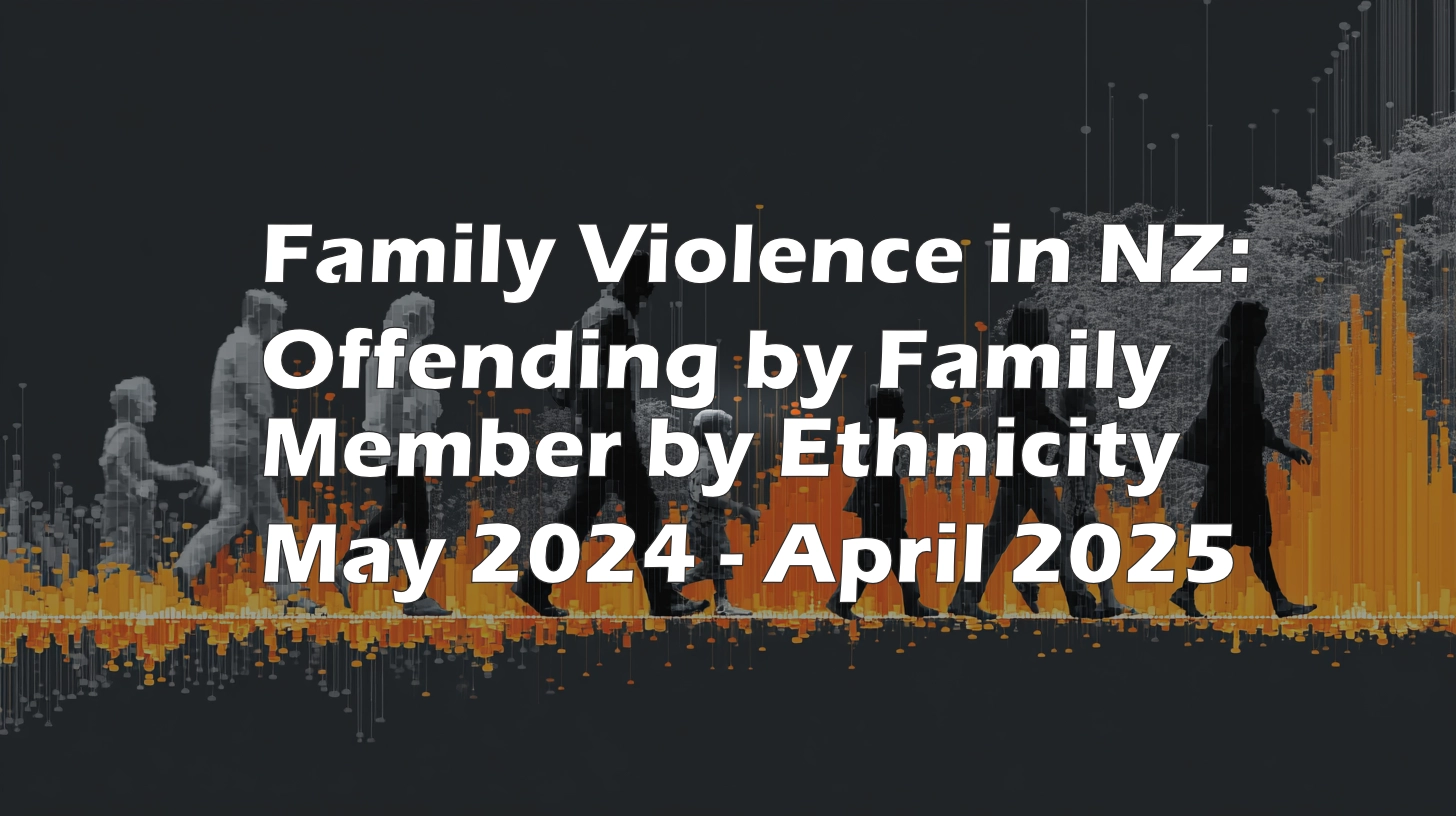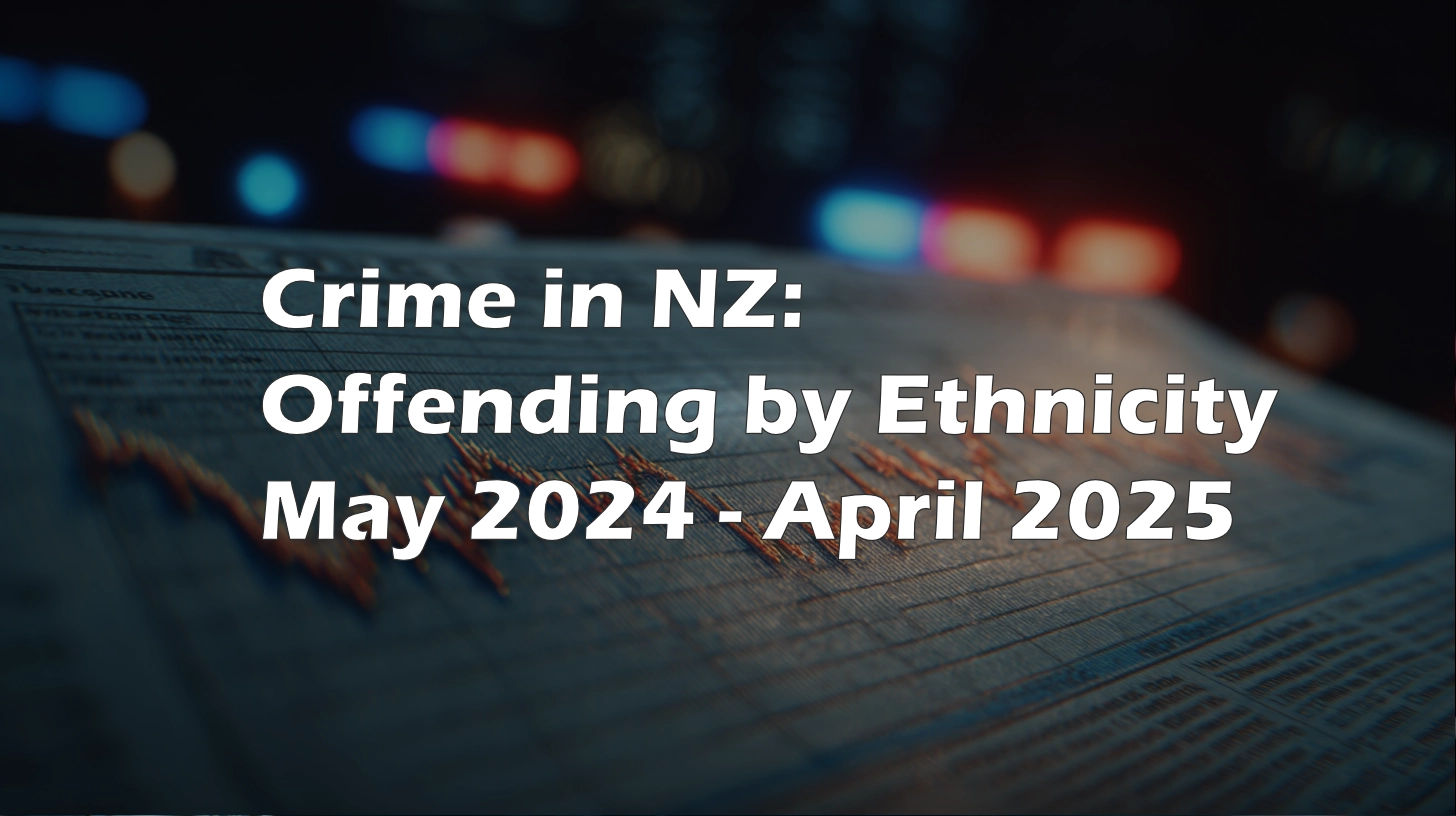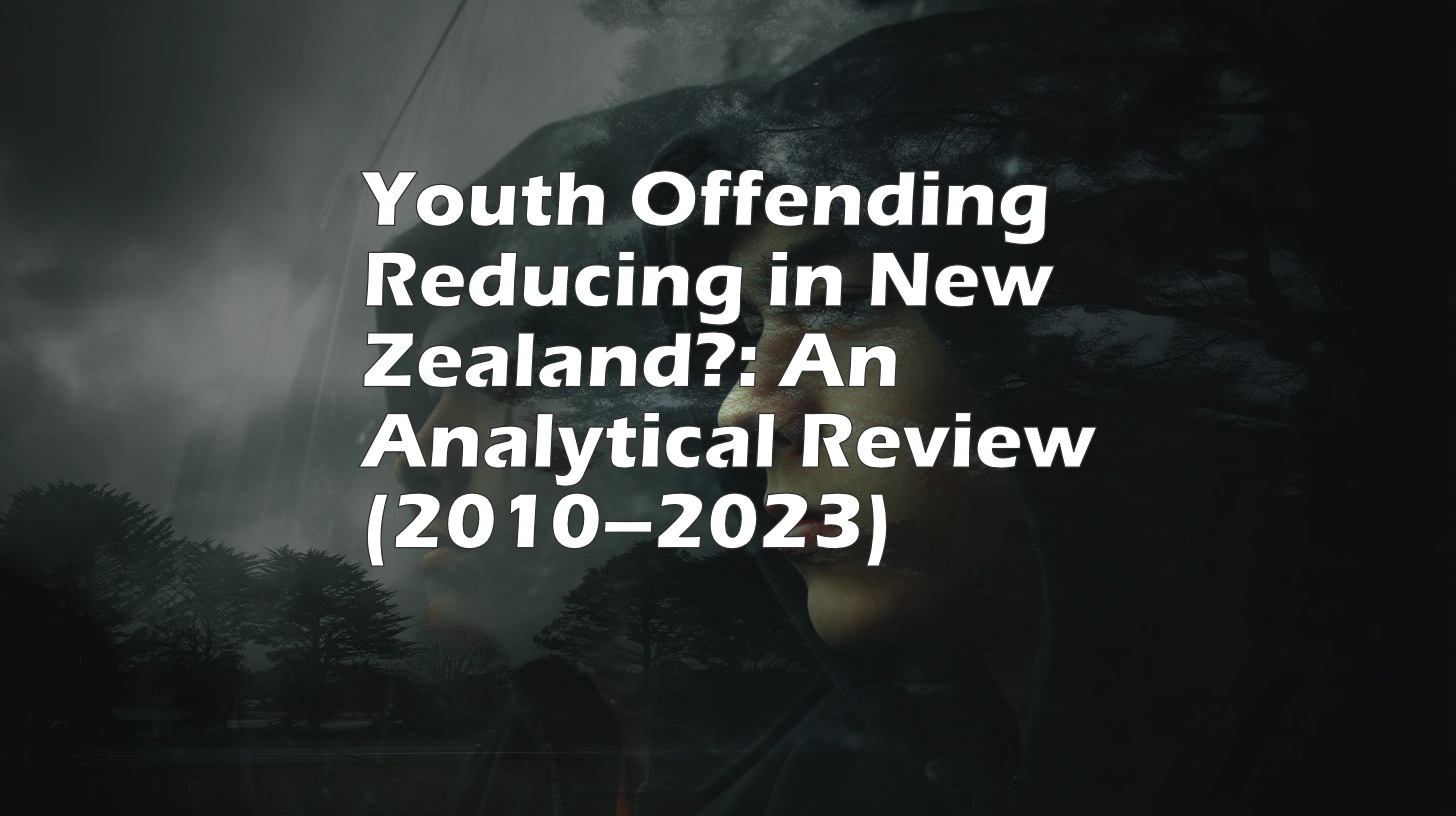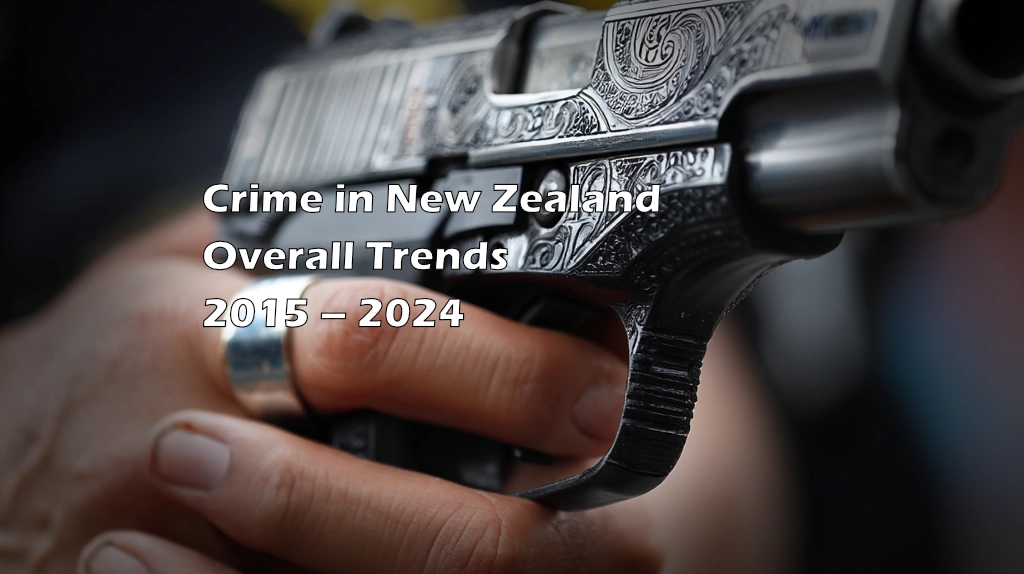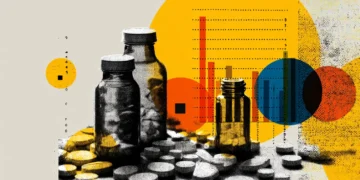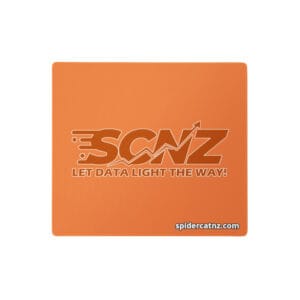Introduction
New data shows a dramatic reduction in youth offending in New Zealand. But how does this break down by gender, ethnicity, and crime type? Using Ministry of Justice statistics and census data (2013, 2018, 2023 estimates), this article presents a granular, per-100,000 view of trends from 2010–2023.
Data Sources & Methodology
- Offending Data: Ministry of Justice, Youth Offending Statistics (2010–2023)
- Population: StatsNZ Censuses (2013, 2018), 2023 estimates, interpolated for intervening years.
- Youth defined as ages 10–16.
Comparison with Adult Crime Data
When compared with adult crime figures, youth conviction numbers are lower in absolute terms but reveal overrepresentation issues. In 2024, approximately 5,293 youths were convicted of serious offences, whereas adults convicted of similar offences are significantly higher in number, reflecting broader criminal trends across the population. The data highlights that youth constitute a smaller but disproportionately affected segment, especially among Māori communities.
Demographics: Gender
The gender distribution among youth offenders remains predominantly male. In 2024, approximately 82% of youth convicted of serious offences were male, accounting for around 17,500 individuals. Females comprised roughly 18%, with about 3,600 offenders. This significant gender disparity reflects broader patterns where males are far more likely to be involved in juvenile offending than females.
Youth Offenders by Gender
Youth Offenders per 100,000 by Gender
Highlights:
- Male-to-female offending ratio remains around 3:1.
- Per-capita rates have fallen sharply: Male youth from 2,333/100,000 (2010) to 1,440/100,000 (2023); female youth from 959/100,000 to 615/100,000—a reduction of about 38% for both.
Demographics: Ethnicity
Youth Offenders by Ethnicity
Ethnic disparities are particularly notable. Māori youth consistently make up approximately 44-46% of youth offender convictions for serious offences each year. This overrepresentation is stark given that Māori constitute roughly 16% of the general population in New Zealand. European ethnicity accounts for about 32-36% of youth offenders during this period, while Asian and Pacific peoples constitute smaller proportions, around 6-12%.
The overrepresentation of Māori youth points to systemic inequalities and social determinants influencing offending rates. Māori youth are disproportionately involved in serious offences, which necessitates targeted interventions and culturally responsive policies.
Youth Offenders per 100,000 by Ethnicity
Ethnic disparities are prominent. Māori youth comprise around 44-46% of youth offenders convicted of serious offences each year, despite Māori accounting for approximately 16% of the general population. European ethnicity accounts for about 32-36%, while Asian and Pacific peoples make up smaller proportions.
Highlights:
- Māori youth offending per 100,000 fell from 5,385 (2010) to 2,368 (2023)—a near 60% drop.
- Pacific youth: 3,731 per 100,000 to 1,545 per 100,000 (2010–2023).
- NZ European/Pākehā: from 669 to 426 per 100,000 (smaller drop, lowest overall).
Crime Type
Offending by Type
Violent offences, sexual offences, and drug-related crimes remain the most reported categories among youth offenders. Sexual offences involving indecent acts and exploitation, including those under the Harmful Digital Communications Act, have shown fluctuating but persistent presence in annual data. For example, convictions for sexual violations in youth fluctuate around 200-300 annually, with a slight upward trend in recent years.
Drug offences, particularly methamphetamine-related crimes, affect youth populations with increasing convictions observed from 2015 to 2024, rising from approximately 169 to over 250 annually.
Crime Type Highlights
- Property offences (mainly theft, burglary) remain by far the most common youth offending type but have declined steeply, from 966 per 100,000 youth (2010) to 537 (2023).
- Violent offences stayed more stable per-capita and, as property offending fell, became a larger slice of total crime.
- Drug/Anti-social and traffic offences have also dropped markedly.
- Recent uptick (2023): Slight increase in violent and drug-type rates, possibly indicating shifting patterns.
Key Takeaways and Trends
- Overall Youth Crime Down: Youth offending per 100,000 is down 40–60% across all major categories from 2010 to 2023.
- Gender Disparity: Males offend at about three times the per-capita rate of females. Both have seen reductions, especially since 2015.
- Ethnic Inequality: Māori and Pacific youth remain overrepresented, but the per-100,000 gap is shrinking rapidly as their raw numbers decline.
- Crime Nature: Property crime fell most; violent crime fell less, potentially changing intervention needs.
- Pandemic Effect: 2020/2021 saw pronounced dips, consistent with most youth justice data globally, correlated with pandemic restrictions.
Conclusion
Youth offending in New Zealand is declining significantly across the board, with marked improvements for all gender and ethnic groups and across all crime types. The persistent overrepresentation of Māori youth underscores ongoing socio-economic disparities and systemic inequities. Gender disparities are evident, with males overwhelmingly more involved in offending. Addressing these disparities and implementing culturally appropriate prevention strategies are critical for reducing youth offending. Continuous monitoring and targeted policies are essential to improving outcomes for vulnerable youth populations and addressing underlying causes of offending behavior.
Sources: Ministry of Justice NZ (Youth Offending Statistics, 2010–2023), Statistics NZ (Population Estimates & Census Data).










